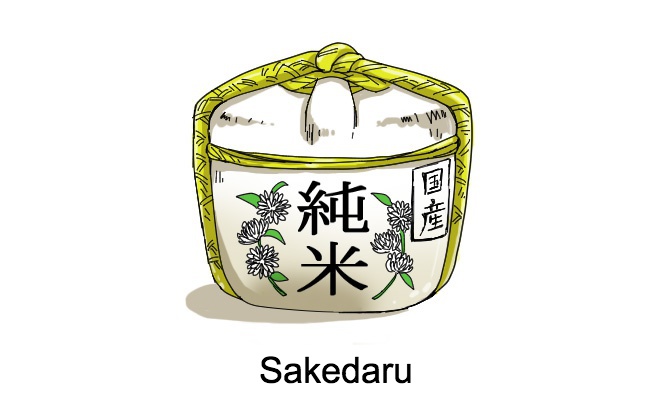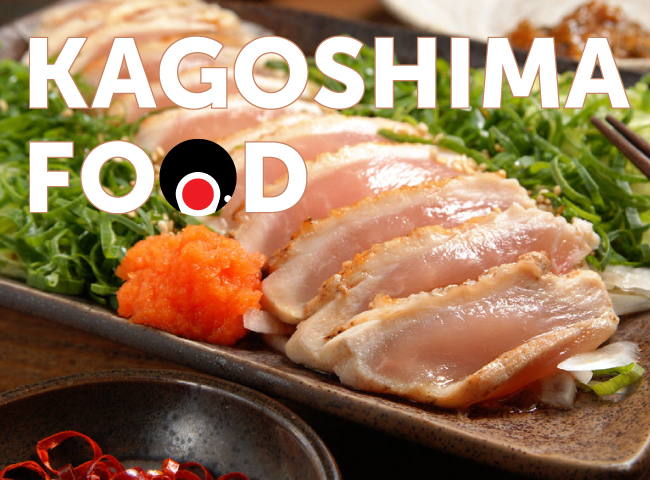How to Drink Sake, Japan’s Traditional Rice Wine Tipple



Japanese sake is an alcoholic beverage made from rice and water that has been brewed in Japan since ancient times. Known as “nihonshu” in Japanese, which means “Japanese alcohol”, sake is a white wine-like drink, clear or light in color in appearance, but with a production process more similar to beer.

The art of making rice wine arrived in Japan via China thousands of years ago and has been perfected by Japanese producers over the centuries. Traditionally, sake was used to make offerings to the gods. The sake barrels commonly seen at shrines are called “sakedaru” (decorative sake barrels). Today, sake is still used at Shinto shrines in religious ceremonies such as formal Japanese weddings, but is also now enjoyed at bars, restaurants, and other casual settings in Japan, and is increasingly available in bars and restaurants around the world.
A Japanese Sake Guide: Getting Started with Nihonshu
Types of Sake

There are four main classifications of sake, each with a different flavor profile: junmai-shu, honjozo-shu, ginjo-shu (and its junmai-ginjo variant) and daiginjo (and its junmai-daiginjo variant). In addition, there is a category of unpasteurized sake known as nama-zake.
Junmai is the purest class of sake, with a powerful and full-bodied flavor. It’s made using only rice grains, water, and koji, a natural fermentation starter that converts the starch from the rice into sugars. Honjozo is similar to junmai, but a small amount of brewer’s alcohol is added during the final production stage, along with water to dilute the ABV (alcohol-by-volume) percentage. It’s the easiest kind of sake to drink and has a fresh but fragrant flavor. Ginjo is a class of sake that’s very labor intensive to produce, giving it a complex flavor that can be fruity and flowery. Daiginjo is even stronger and more aromatic than ginjo; it’s made using rice grains that have been heavily polished until less than 50% of the original grain remains. If you find “junmai-ginjo” or “junmai-daiginjo” rice wine, that means your ginjo or daiginjo style sake was made without brewer’s alcohol.
Hot Sake, Warm Sake or Cold Sake: What Temperature is best?
Due to sake’s subtle, delicate taste and relatively low acidity, its flavor is greatly impacted by the temperature at which it is served. Since ancient times, Japanese people have enjoyed sake at room temperature or just slightly warmed, known as “hiya”. Junmai and honjozo varieties of sake are best enjoyed at room temperature because of their full-bodied flavor. They go well when paired with cold or plainly flavored foods.

Many people also enjoy okan, warmed sake. Okan is prepared by heating a jar of sake in a pot of hot water, which draws out the natural sweetness of the sake and makes it smoother and easier to drink. Warm or hot sake goes well with hot foods such as hot pot, foods cooked with a lot of fat or oil, or dishes flavored with soy sauce. Chilled sake, known as “reishu”, has also become popular in Japan since the introduction of modern refrigeration. Reishu should be enjoyed chilled, but not too cold. Fragrant varieties of sake like ginjo and daiginjo are excellent when chilled to around 50°C and go well with lightly flavored foods. The exception is nama-zake, which is produced without heat and becomes crisp and fresh when enjoyed at the even cooler temperature of 41-50°C.
Sake Servingware

Sake is typically served from a vase-like jar called a tokkuri, or sometimes from an open pitcher called a katakuchi.

Sake is drunk from small, round ceramic or glass vessels called guinomi and ochoko. Many establishments in Japan have unique handmade vessels for drinking sake, which adds to the experience. In some places, your glass may be served within a box-shaped container called a “masu”, which is usually made from an aromatic wood such as Japanese cypress. Traditionally, restaurants in Japan would pour sake so that it overflowed from the glass into the masu as a way to thank their loyal customers—a custom that still continues today. For more formal occasions, such as Shinto weddings and other religious ceremonies, sake is served in a shallow, wide-brimmed cup called a sakazuki, which is held in two hands for drinking.
Sake Etiquette

Sake has its own drinking etiquette that varies from Western alcoholic beverages. For example, while wine glasses are customarily left on the table for pouring, sake glasses should be lifted by the recipient with one hand cupped beneath the glass to support it. In addition, in Japanese culture, it’s expected to pour for your companions and not for yourself, and if you’re on pouring duty, to make sure that everyone else has a drink before serving yourself.
If you’re drinking from a masu, you can finish the sake in your glass first before drinking the sake in the masu, but some people also tip the contents of the masu into their glass as soon as there’s space for it. If you’re drinking directly from the masu, you can enjoy the unique aroma imparted to the sake by the masu vessel. Many people insist on drinking from the edge of the container, while others swear by drinking from the corners. But however you decide to drink your sake, just be sure to enjoy it with small sips rather than shooting the drink. You may want to also take sips of water with your sake due to its high ABV content.
Now That You’re across How to Drink Sake, Find a Bar or Restaurant to Give It a Try!

Japanese sake is a beverage with a centuries-old tradition behind it. From the brewing method to the serving temperature and drinking vessels, sake has many unique customs which add to the drinking experience. If you’re in Japan and looking for an authentic sake experience, check out Gurunavi restaurant and bar listings for the best places to try sake, and kanpai—cheers!








